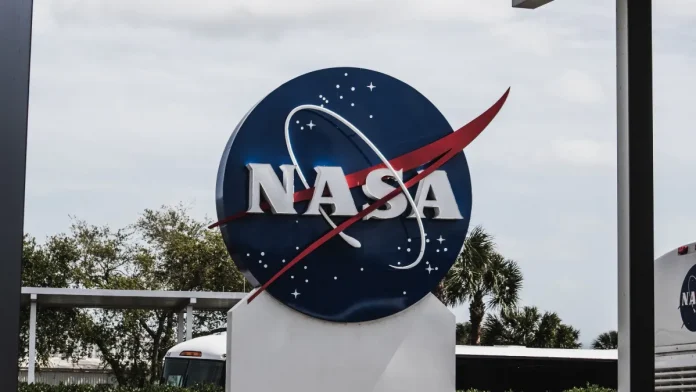NASA and SpaceX have agreed to study the feasibility of awarding a contract to Elon Musk’s company to raise the Hubble Space Telescope into high orbit, the US space agency said on Thursday.
The famous observatory has been operating since 1990 in an orbit about 335 miles (540 kilometers) above Earth, which gradually decreases over time.
Hubble has no on-board propulsion to counter the small but still present atmospheric drag in this region of space, and its altitude has been restored during the first Space Shuttle mission.
The proposed new effort will involve the SpaceX Dragon capsule.
“A few months ago, SpaceX approached NASA to study whether a commercial crew could help restart our Hubble spacecraft,” NASA chief scientist Thomas Zurbuchen told reporters. The agency had agreed to the study at no cost.
He stressed that until the technical challenges are better understood, there are no concrete plans for conducting or funding such missions.
One of the main constraints would be that the Dragon spacecraft, unlike the Space Shuttle, does not have a robotic arm and that such a mission would require modifications.
SpaceX proposed the idea in partnership with the Polaris Program, a private human spaceflight venture led by paid billionaire Jared Isaacman, which last year chartered the SpaceX Crew Dragon to orbit Earth with three other private astronauts.
“It would certainly fit within the parameters established for the Polaris program,” Isaacman said in response to a question about whether resuming Hubble could be a goal of a future Polaris mission.
Asked by a reporter whether this could be an assumption that the mission was designed to serve the wealthy in space, Zurbuchen said: “I think the tremendous value of this research is because of the tremendous value of our research. Property for the property.” is for us.”
One of the most valuable instruments in scientific history, Hubble continues to make important discoveries, including finding the most distant individual star ever seen this year – Arendelle, whose light took 12.9 billion years to reach us .
Currently projected to remain operational throughout this decade, there is a 50 percent chance of de-orbiting in 2037, said Patrick Crouse, Hubble Space Telescope project manager.













